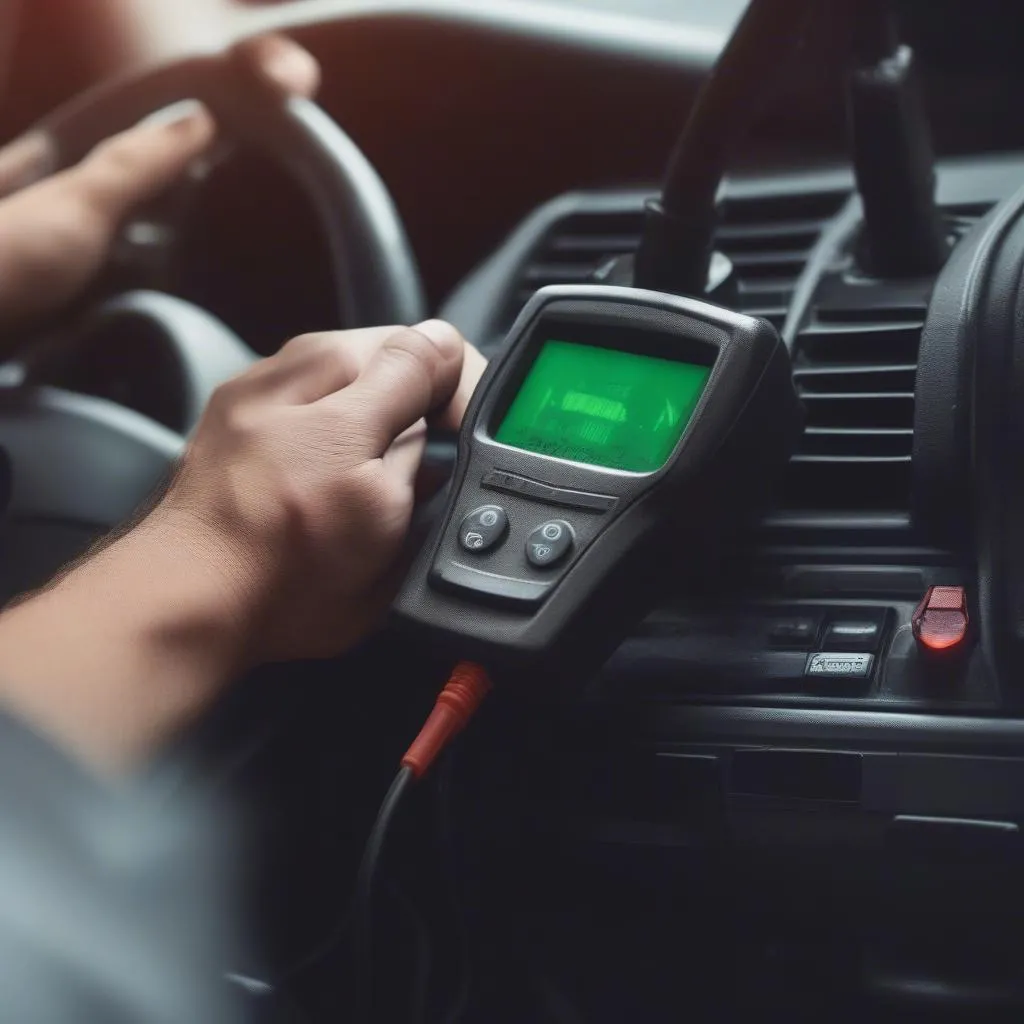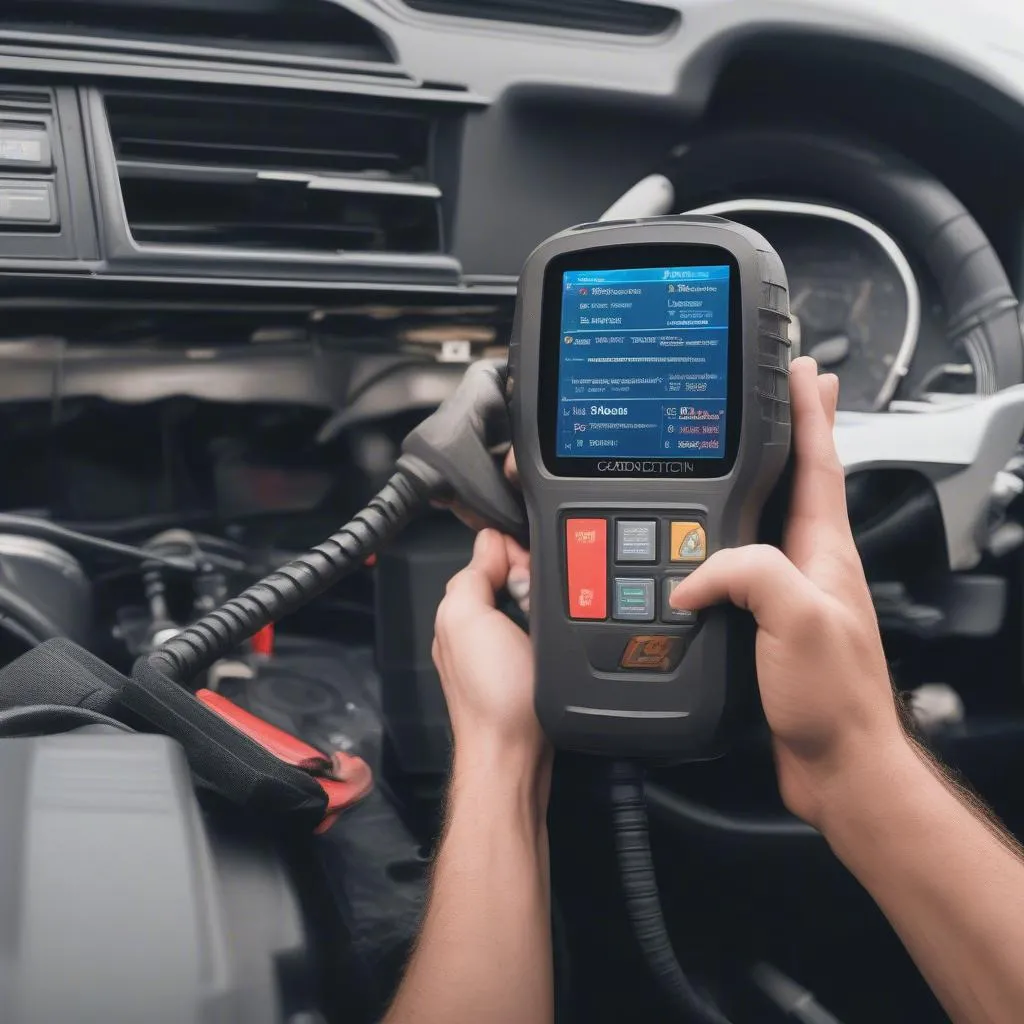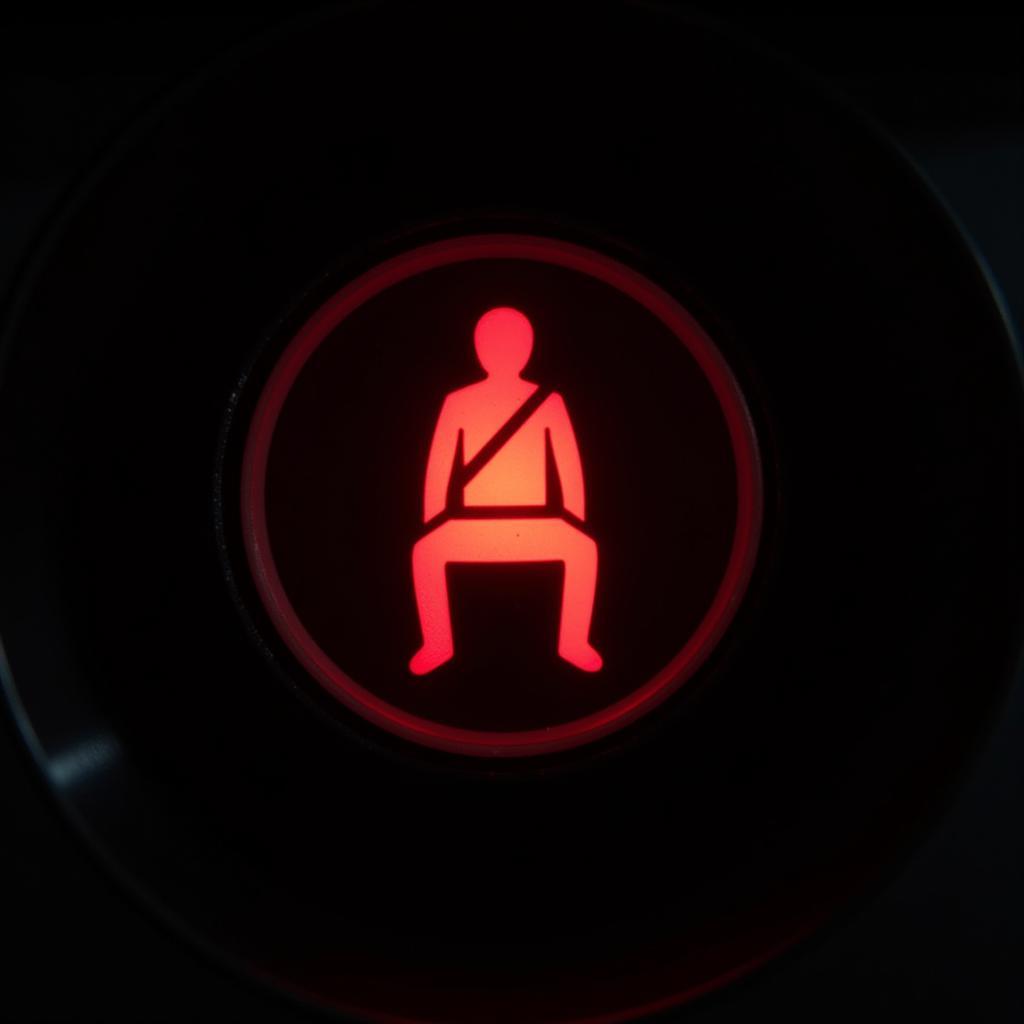A malfunctioning anti-theft system can be incredibly frustrating, often leaving you stranded with a car that won’t start. While it’s designed to protect your vehicle, sometimes it can trigger falsely, leading to a major inconvenience. If you’re grappling with a stubborn anti-theft system, this guide will walk you through the steps to reset it and get you back on the road.
Understanding the Anti-Theft System
Before we dive into the reset process, it’s helpful to understand how this system works. The anti-theft system, also known as an immobilizer system, is designed to prevent vehicle theft by disabling the engine or fuel system unless the correct key is present. When you insert your key (or use your key fob), the transponder in the key communicates with the vehicle’s computer system. If the signal is recognized, the system disarms itself, allowing you to start your car. However, if the system malfunctions or doesn’t recognize the signal, it can enter deterrent mode, preventing the engine from starting.
Identifying a Problem with Your Anti-Theft System
There are several tell-tale signs that point towards an issue with your anti-theft system:
- The engine cranks but doesn’t start: This is one of the most common symptoms. You can hear the engine trying to turn over, but it simply won’t fire up.
- Rapid flashing of the security light: A blinking or constantly illuminated security light on your dashboard usually indicates a problem with the system.
- Unusual clicking sounds: You might hear unusual clicking sounds coming from the engine bay or steering column as the system tries to engage and disengage.
 Car Anti-Theft System Reset
Car Anti-Theft System Reset
Tools You Might Need
While some reset methods are surprisingly simple, others may require a few tools:
- Your car key and key fob: These are essential for most reset procedures.
- Jumper cables: In case the battery has drained due to repeated attempts to start the vehicle.
- Owner’s manual: Your car’s manual often contains specific instructions on resetting the anti-theft system for your particular make and model.
Methods to Reset Your Anti-Theft System
The method for resetting your anti-theft system can vary depending on the make and model of your vehicle. However, these general methods tend to be effective for a wide range of cars:
1. The Key Method
This is the simplest method and often works as a quick fix:
- Insert your car key into the ignition and turn it to the “ON” position (don’t start the engine).
- Leave the key in this position for 30-60 seconds.
- Turn the key back to the “OFF” position and remove it.
- Wait for a few minutes to allow the system to reset.
- Attempt to start the vehicle again.
2. The Battery Disconnect Method
Disconnecting the battery can help reset the entire electrical system of your car:
- Safety First! Always disconnect the negative terminal of the battery first, then the positive terminal.
- Leave the battery disconnected for at least 15-20 minutes. This allows any residual power in the system to dissipate.
- Reconnect the positive terminal first, followed by the negative terminal.
- Try starting the car.
3. Using a Diagnostic Scanner
For more complex issues, a diagnostic scanner, like those offered by CARDIAGTECH, can be incredibly helpful. These tools can read and clear error codes related to the anti-theft system:
- Plug the diagnostic scanner into your car’s OBD-II port, usually located under the dashboard on the driver’s side.
- Turn the ignition to the “ON” position.
- Follow the on-screen prompts to scan for codes.
- If you find codes related to the anti-theft system, consult your owner’s manual or a trusted mechanic before attempting to clear them.
 Using a Car Diagnostic Scanner
Using a Car Diagnostic Scanner
FAQs: Troubleshooting Common Anti-Theft Issues
Q: I’ve tried these methods, but my car still won’t start. What should I do?
A: If the problem persists, it’s best to consult a qualified mechanic or an automotive electrician. They can diagnose the issue with specialized equipment and provide a solution tailored to your vehicle.
Q: Can a low car battery trigger the anti-theft system?
A: While rare, a severely low battery can sometimes disrupt the communication between your key and the immobilizer system, potentially triggering the anti-theft deterrent.
Q: Is it safe to drive my car if the security light stays on?
A: It’s not recommended. A constantly illuminated security light often signals a problem with the system. Continuing to drive could lead to further complications or even leave you stranded.
Remember, while these methods can be effective, it’s crucial to prioritize safety and consult your owner’s manual or a professional when in doubt. By understanding how the anti-theft system works and following the appropriate steps, you can often resolve the issue and regain control of your vehicle.

